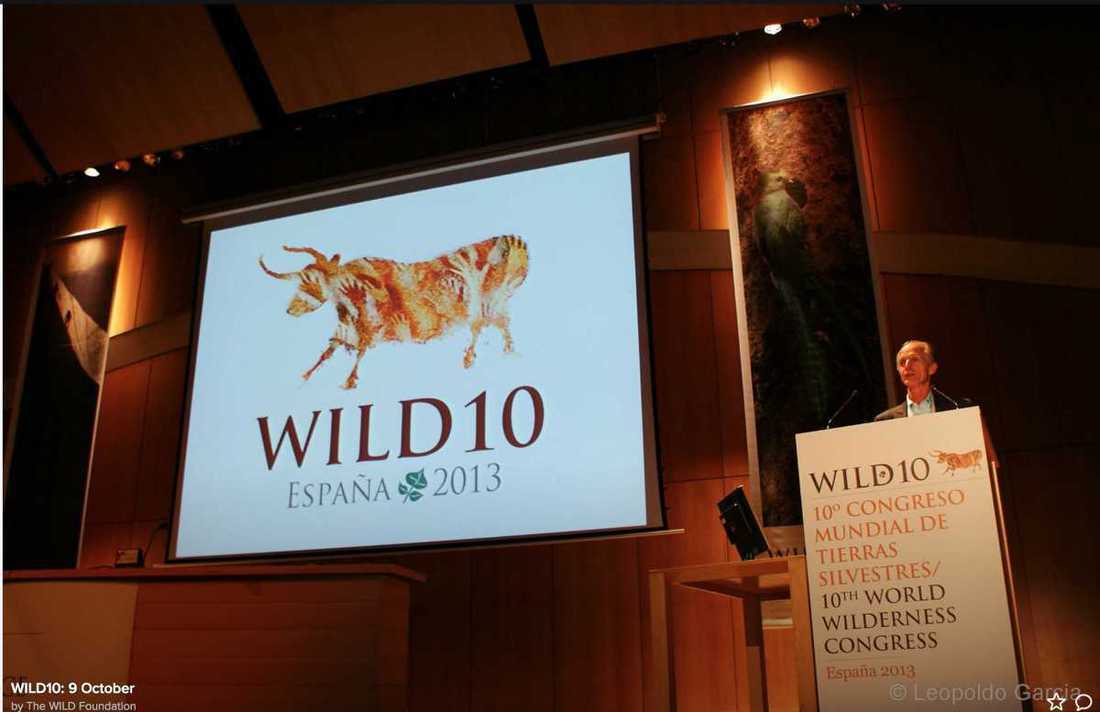European trees threatened and forests are dying
Based on a new IUCN assessment, 58% of all native European trees are threatened with extinction. The main reason for this are human-related activities, such as invasive species, unsustainable logging and urban development. Livestock farming represents an additional threat to these native species. While there are 454 native tree species in Europe, almost all of the threatened ones are endemic just to Europe.
Please also read: How climate change impacts forests
Trees are essential for many ecosystem services they provide as well as crucial for many animal species, such as squirrels. Trees are especially important also for mitigating climate change, as they absorb carbon dioxide. For example, German trees absorb 14% of all the country’s carbon emissions. Among the species that are most affected by declines is the genus Sorbus, including 170 Rowan and Ash species. Futhermore, the Horse Chestnut is declining because of an invasive leaf-miner moth that damages leaves.
German forests dying
Not only are endemic trees in Europe in trouble, so are complete forests. The German government has recently promised €800 million to revitalise the forests, which are under great stress. This year’s drought, storms, forests fires and bark beetle eruptions have destroyed large areas of German forests. The money given by the government will be used to replant the forests and making them more resilient to the changing climate. However, while foresters would like to plant non-native species more suited to a drier and hotter climate, environmentalists oppose this idea. Mixed native broadleaf forests are an important habitat for the wildlife which may not be able to adapt to the new tree composition. Planting native trees would also prevent further declines of the threatened species. By using this money on replanting the forests, hopefully both the endemic species and the forests recover.





Climate change is an important stressor for forests, increasing the frequency of droughts and forest fires. Naturally developing forests are moe resilient to the changes in climate, as they cool the environment more than the plantations. That is because natural forests are denser than plantations, therefore their cooling capacity is greater. Additionally, bark beetle eruptions also depend on the temperatures being high enough. Thus, climate change makes their eruptions more frequent as the conditions they need occur more often.








